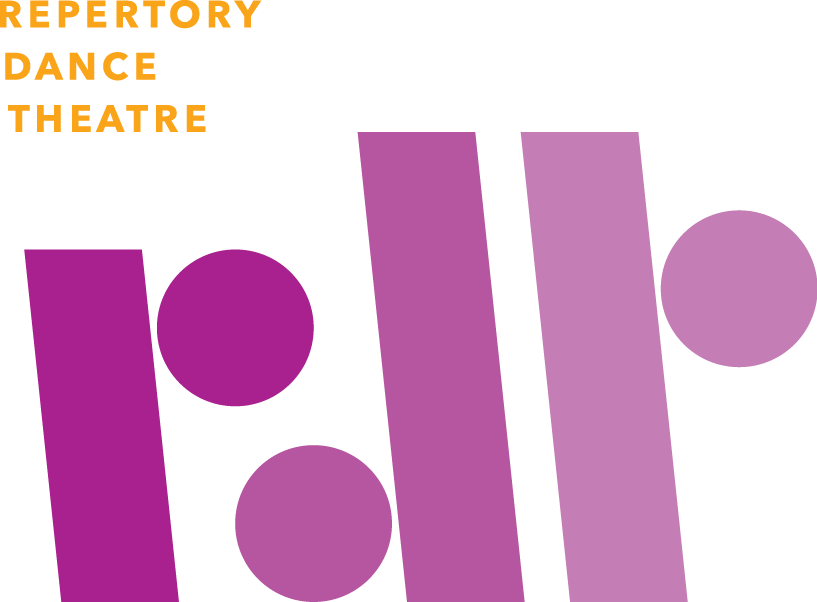Students will explore the desert habitat and animals that live there through poetry, describing words, actions and movement.
Learning Objectives/Goals
Exploring different ways animals move, different shapes that occur in the habitat, ways to describe in words and movement, and how poetry can inspire movement creation.
Materials Needed
The book Cactus Poems by Frank Asch and Ted Levin
Music
Drum
Introduction
State Class expectations, ask students about the meaning of a habitat, what are describing words, what are actions, what is a poem? We will use all these things in our creative movement lesson today.
Warm-Up
Using actions words (verbs) have student move through the room, taking care to keep from bumping into other students. Practice freezing in between the verbs. Use crawling, jumping, rolling, stretching, walking, running, etc. Any action words that help them to experience moving around and through the space. Then add some describing words to a verb. Use the verb walking and add some adverbs/adjectives to walking to describe "how" to do the action. For example, walking
sneakily, walking sadly, walking creatively, walking mysteriously, walking crazily, etc.
Investigate
Read the poem, Saguaro, to the students. Ask them what they think the poem is about, what part of the desert habitat. Then read it again and ask them to move to the words of the poem. After, ask students what other types of cactus they have seen and what those shapes looked like. What about other parts of a desert habitat? Twisted trees, rocks,
sand, plants, etc.
Create
Then read the poem, Cottontail. Tell the students it is about 4 animals that live in a desert habitat, one is trying very hard not to be lunch for the other 3! Once you have read the poem, ask the students about the animals.
Is the rabbit fast or slow? Does the rabbit travel in a straight line down the path? Does the rabbit jump over things and go around them? Take some time and explore this type of movement with the students.
Now they are the coyote, listening in different directions for the rabbit, and moving in a very sneaky way along the desert path.
Next they are the owl, perched on a limb, looking in the dark. The owls then swoop high and low looking for the rabbit in the habitat.
Then the are the snake, lying on the sand, smelling with their tongue in many directions. Now slither down the path trying to smell the rabbit!
Then, once again, they become the rabbit, who is escaping down the path!
Reflect
Ask the students which animal they enjoyed the movement of most. Which was the most challenging? Did they think the rabbit got away?
Extension to the Lesson
Have the students create a pattern using the ideas they experienced in the Cottontail poem. Using the ideas of fast, sneaky, swooping and slithering to move the students through the space. Emphasize they this time they don't need to act like the animals, but can take the animals moving ideas and put them on themselves. What do students who sneak look like? Students who are fast?
Follow-up Resources
Look for more poetry that talks about habitats and animals. Use the same ideas to inspire moving in the ways of the various habitats and animals that live there.

